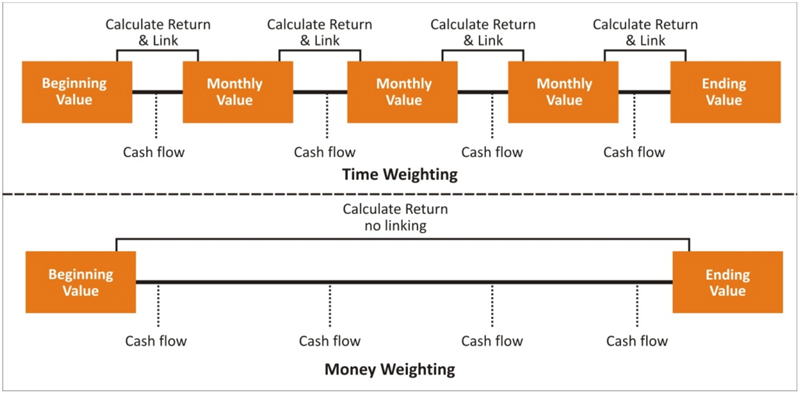Contributed by: Jacki Roessler, CDFA® 
Getting divorced in 2018 and planning to pay or receive alimony? You may not realize it, but there’s a tax “timer” hanging over your head and the buzzer is set to go off.
Current Law
Based on current tax law, the payer of alimony may deduct the full amount from their taxable income which, in turn requires the recipient to treat it as taxable income.
How does this work in the real world?
Suppose Harry pays Sally $5,000 per month in alimony. Sally doesn’t get to keep $5,000 because it’s treated as taxable income to her. Based on her tax bracket, her actual monthly net is $3,750. Conversely, since Harry is in a higher tax bracket than Sally, when he writes a check to Sally for $5,000, the deduction translates to an out-of-pocket cost to him of $3,000.
What about the difference between the $3,750 that Sally nets and the $3,000 that it costs Harry? Uncle Sam has been footing the bill on the $750 differential in tax revenue. That is exactly what this new regulation is structured to eliminate.
The New Tax Law and Alimony
The new tax law does away with the tax deduction for alimony. Of course, alimony also won’t be treated as taxable income to the recipient. The new law goes into effect for divorce cases finalized (not filed) with the Court after December 31, 2018. Cases finalized by December 31, 2018 will be grandfathered into the old tax law.
Why divorcing couples (especially the recipient of alimony) should care about the tax law change
In practical terms, taxable alimony shifts income from a high tax bracket to a lower one. Some have argued that it gives divorced couples an unfair financial advantage not available to married couples. However, for the past 75 years, the tax deduction has made alimony a valuable negotiation tool used by attorneys across the country to help settle divorce cases. In fact, it’s often one of the only ways to help provide a fair (or) equal resolution during a difficult financial time for both parties.
When is the timer set to go off?
Although divorce attorneys and their clients may think they have until year-end before they need to worry about the changes, many states have a mandatory cooling off period once the case has been filed with the Court. Michigan, for example, has a 60 day waiting period; however for couples with minor children, the waiting period is typically extended to 180 days. Therefore, depending on where you live and if you have minor children, you may only have until the end of June 2018 to file and take advantage of tax deductible alimony.
As always, every case is different. Consult with a tax preparer, attorney and/or divorce financial professional to help you understand how the tax law changes may affect your divorce.
Jacki Roessler, CDFA® is a Divorce Financial Planner at Center for Financial Planning, Inc.®
The information contained in this blog does not purport to be a complete description of the securities, markets, or developments referred to in this material. The information has been obtained from sources considered to be reliable, but we do not guarantee that the foregoing material is accurate or complete. Any opinions are those of Jacki Roessler, CDFA®, Divorce Financial Planner and not necessarily those of Raymond James. Expressions of opinion are as of this date and are subject to change without notice. There is no guarantee that these statements, opinions or forecasts provided herein will prove to be correct. This material is being provided for information purposes only. Any information is not a complete summary or statement of all available data necessary for making an investment decision and does not constitute a recommendation. Please note, changes in tax laws may occur at any time and could have a substantial impact upon each person's situation. While we are familiar with the tax provisions of the issues presented herein, as Financial Advisors of RJFS, we are not qualified to render advice on tax or legal matters. You should discuss tax or legal matters with the appropriate professional. The hypothetical example above is for illustration purposes only.


















